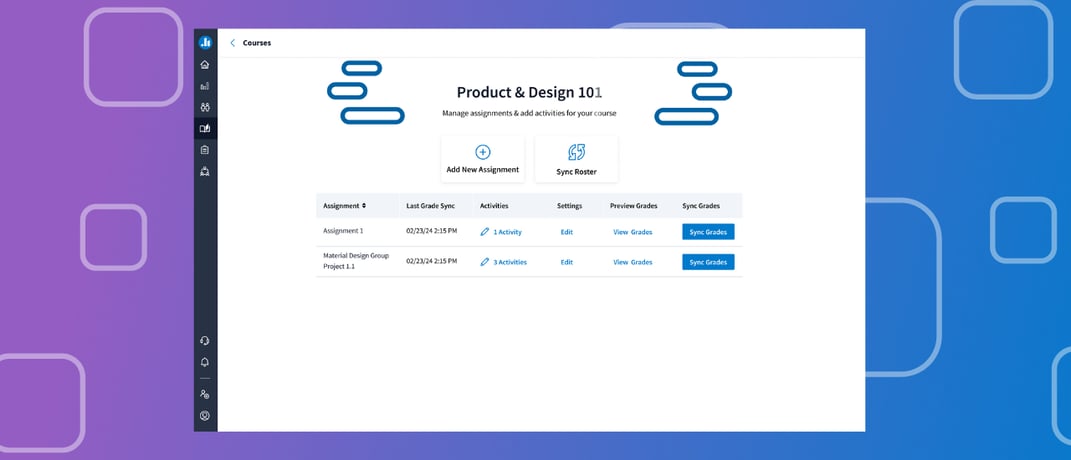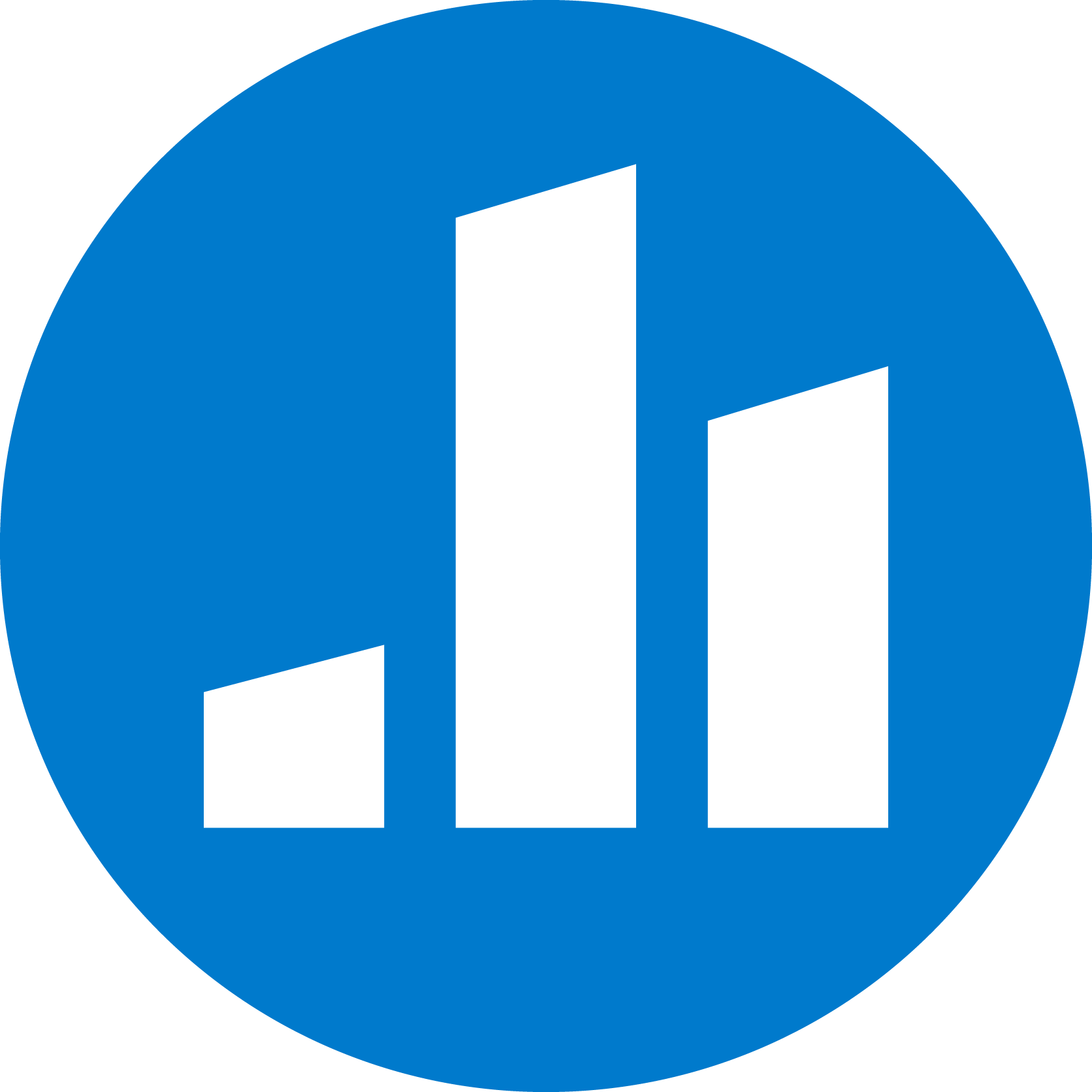
January 6, 2025 Product Updates
Introducing Course Management: Redefining Classroom Administration
We are thrilled to announce the release of our most significant educational update yet: Course Management! Developed with valuable input from educators and administrators, Course Management integrates with your LMS to streamline course administration and elevate your teaching experience.
-

Poll Everywhere Scientifically Demonstrated to Improve Audience Outcomes
June 18, 2025
19 independent studies. Dozens of disciplines. One consistent finding: interaction improves...
Jeff -
Poll Everywhere 2.0 is Coming This August
June 16, 2025
The next evolution of audience engagement is almost here—and it’s everything you already love about...
Jeff -

8 Event Voting App Options to Make Conferences More Engaging
March 18, 2025 Business
An event voting app is a powerful way to make conferences more engaging while gathering real-time...
 Poll Everywhere
Poll Everywhere -

Create Powerful Polls in an Instant with AI
March 4, 2025 Product Updates
From Idea to Engaging Polls—In Seconds
Imagine this: You're preparing to kick off a meeting, start...
 Sara Selser
Sara Selser -
5-minute Icebreakers to Start Your Meetings
February 25, 2025 Business
Icebreakers are a wonderful way to bring people into meetings and help them focus on the prepared...
Lynie Wong -

How to Choose the Right Education Technology for Your Classroom
February 18, 2025 Education
Teachers have access to more education technology than ever, with new EdTech tools hitting the...
Lynie Wong